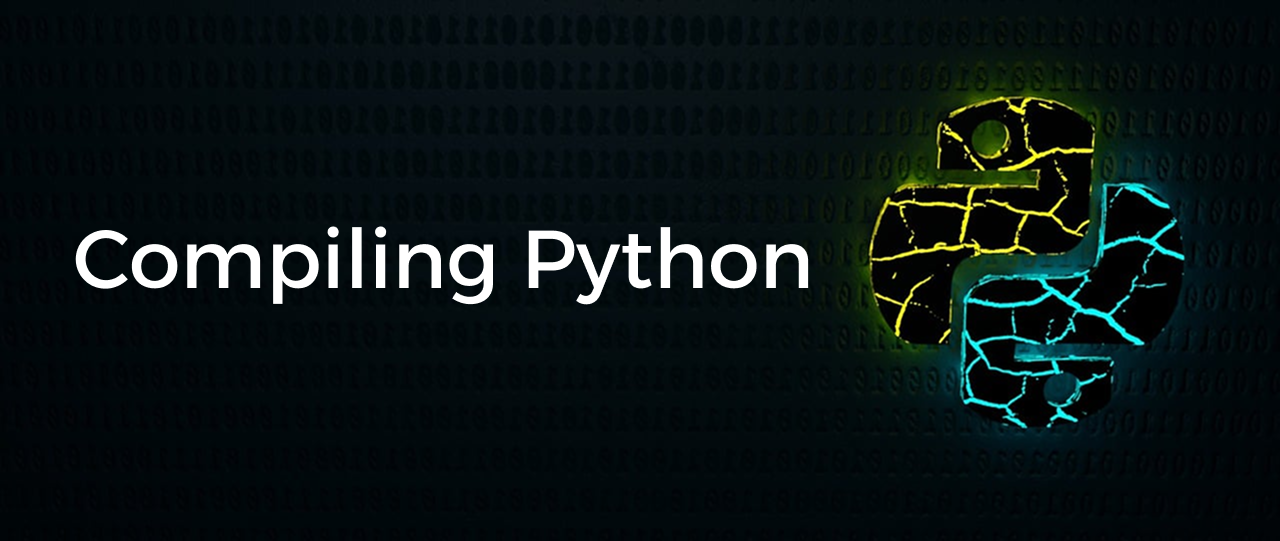Compiling Python
 Ani
Ani
Python is one of the most widely used programming languages, but have you ever wondered how it works under the hood? CPython is the official implementation of Python written in C, and modifying it allows you to change Python’s behavior.
CPython is the official and most widely used implementation of Python, written in C. When people talk about "Python," they are usually referring to CPython. It is the reference implementation maintained by the Python Software Foundation (PSF) and serves as the gold standard for how Python should behave.
The name CPython came about because it is implemented in the C programming language. It is different from other implementations of Python, such as:
PyPy → A Python implementation written in Python, optimized with Just-In-Time (JIT) compilation.
Jython → A Python implementation for the Java Virtual Machine (JVM).
IronPython → A Python implementation for the .NET framework.
CPython is the most widely used and the official Python interpreter.
When you run a Python script using CPython, the execution happens in several steps:
Parsing & Compilation:
CPython first parses the Python code into an Abstract Syntax Tree (AST).
It then compiles the AST into bytecode (
.pycfiles in__pycache__).
Interpreting Bytecode:
The CPython Virtual Machine (VM) executes the bytecode line by line.
This is why Python is often called an interpreted language, even though it has a compilation step.
Memory Management & C Extensions:
CPython manages memory using reference counting and garbage collection.
It supports C extensions, allowing Python to call C libraries (e.g.,
numpy,pandas).
If you want to truly understand Python internals, modifying CPython is one of the best ways to do it! 🚀
Cloning the CPython Source Code
First, clone the official CPython repository:
git clone https://github.com/python/cpython.git
cd cpython
You can check out a specific version of Python by using:
git checkout tags/v3.12.0 -b my-python
This creates a new branch (my-python) based on Python 3.12.
Stable versions of Python are maintained in 3.x branches, where x represents the minor version. For example:
3.13(Latest stable release branch)3.12(Older stable release)3.11(Older LTS release)
To check out a specific stable branch:
git checkout 3.13
Checkout all the versions and latest updates. If you want to experiment with upcoming features, use main.
Setting Up Dependencies
Before compiling, install the required dependencies:
On Ubuntu/Debian
sudo apt update
sudo apt install -y build-essential libffi-dev libssl-dev zlib1g-dev \
libncurses5-dev libncursesw5-dev libreadline-dev libsqlite3-dev \
libgdbm-dev libdb5.3-dev libbz2-dev libexpat1-dev liblzma-dev tk-dev
On macOS
brew install pkg-config openssl readline sqlite3 xz zlib tcl-tk autoconf automake libtool autoconf-archive
Not all these packages might be relevant for you. Or maybe your system needs more so.
Make sure to have openssl 1.1.1 or above.
For Windows, it’s recommended to use Windows Subsystem for Linux (WSL) or MSYS2.
Compiling CPython
Now, configure the build:
./configure --prefix=$HOME/python-build
Most Linux/macOS distributions come with a pre-installed version of Python. Installing your custom build in
/usr/localor/usr/bincould break system utilities that depend on the default Python version.By using
--prefix=$HOME/python-build, you install Python in your home directory, ensuring that it doesn’t interfere with the system Python.Keeping your custom Python in
~/python-buildallows you to easily test your modifications without affecting anything else. If something goes wrong, you can just delete the directory:rm -rf ~/python-buildand start fresh.
Then, compile CPython:
make -j$(nproc)
Finally, install it:
make install
This installs your custom Python build in ~/python-build/bin/python3.
Check the Python version:
~/python-build/bin/python3 --version
Modifying CPython: A Simple Example
Let's modify CPython to change the default Python prompt (>>>).
Step 1: Locate the Prompt Code
Open the Python/prompt.c file in the CPython source directory.
Find this section (in prompt.c):
const char *Py_GetPrompt(void) {
return ">>> ";
}
Change it to:
const char *Py_GetPrompt(void) {
return "python-vibe> ";
}
Step 2: Recompile CPython
Rebuild the source:
make -j$(nproc)
make install
Now, when you run your custom Python:
~/python-build/bin/python3
You’ll see:
python-vibe>
instead of:
>>>
Imagination is your limit!
If you make further changes, you can run Python’s built-in test suite:
make test
For debugging, use gdb:
gdb --args ~/python-build/bin/python3
Or enable debug symbols:
./configure --with-pydebug
make -j$(nproc)
It's exciting, isn’t it? So, what all can we do with this? Maybe build a custom Python runtime? Optimize Python for a specific use case? Experiment with new language features before they’re even proposed?
The source code is open, and the only limit is our imagination. What will you modify next? 🤔🔥
Subscribe to my newsletter
Read articles from Ani directly inside your inbox. Subscribe to the newsletter, and don't miss out.
Written by
